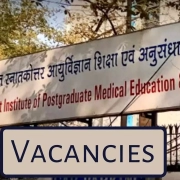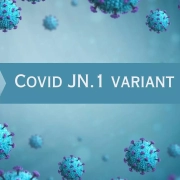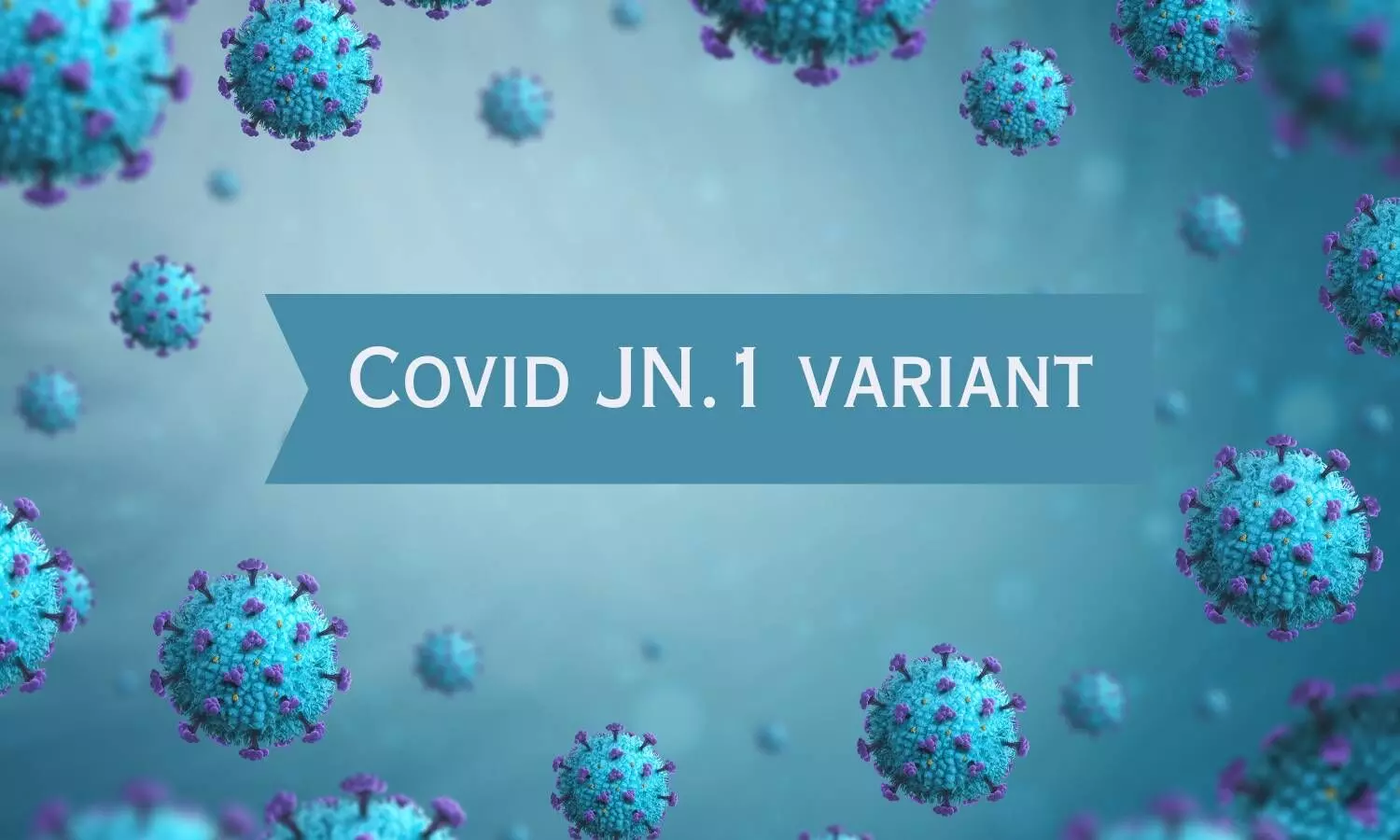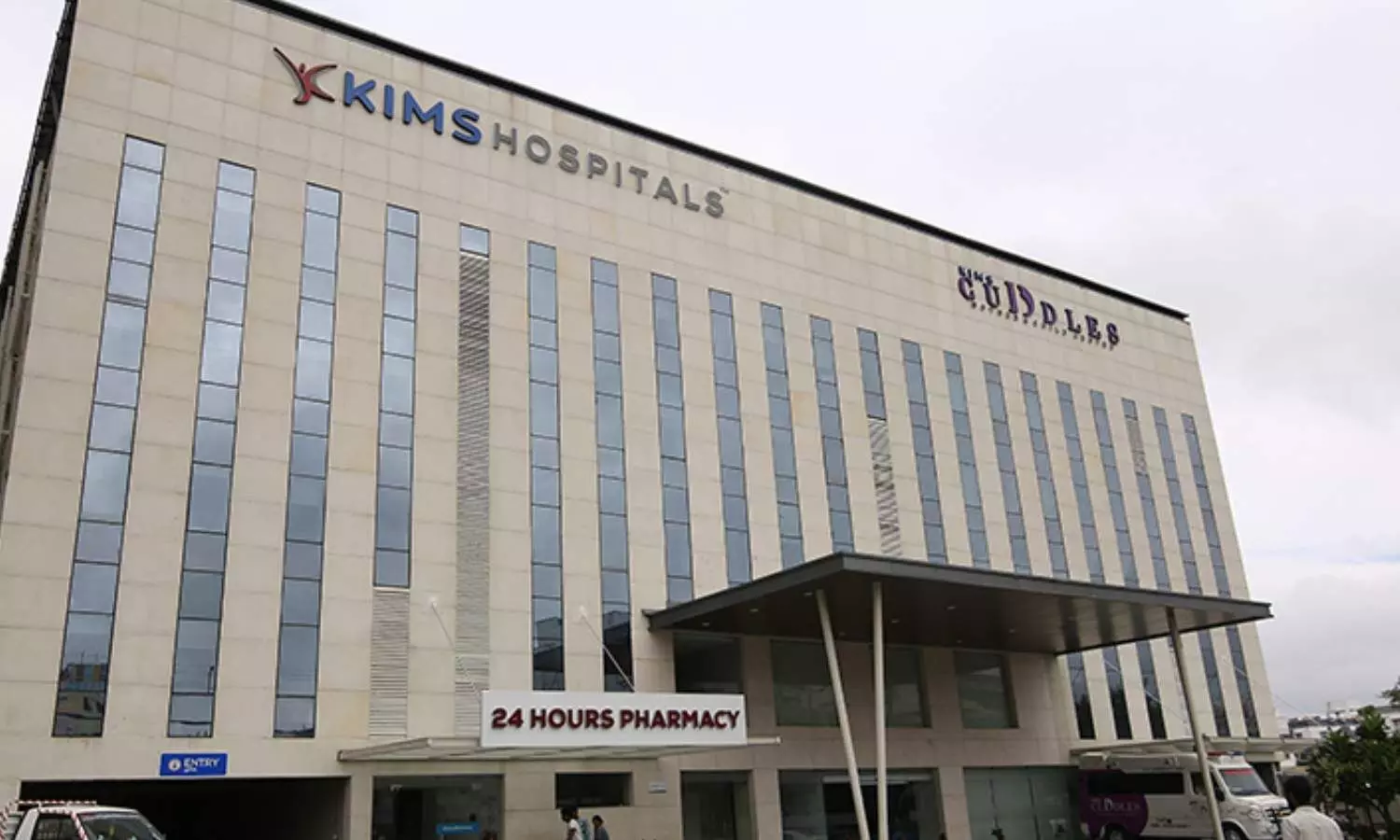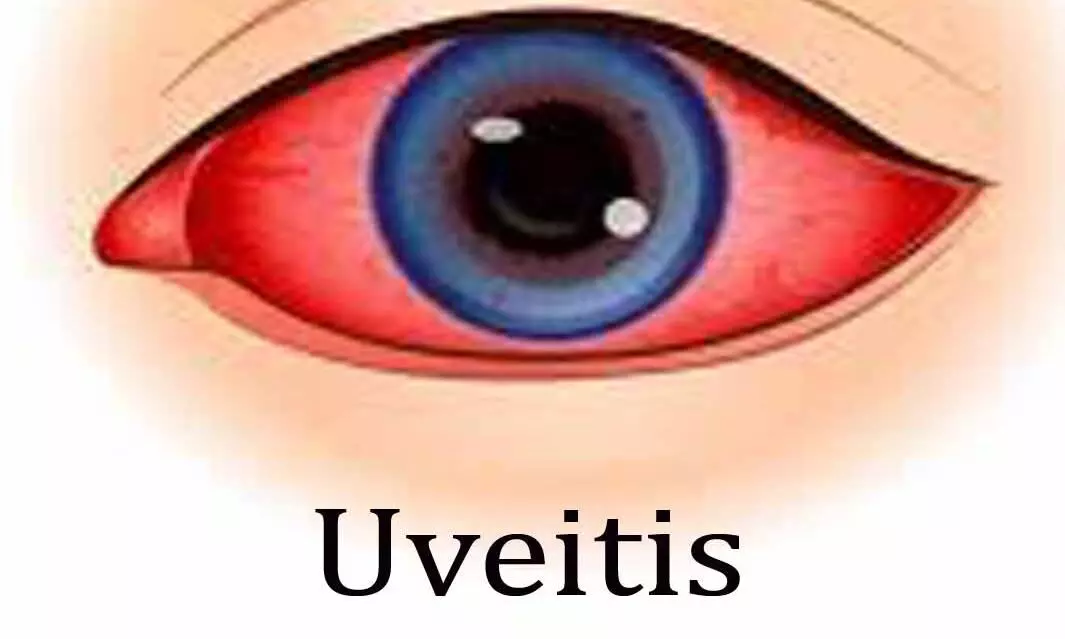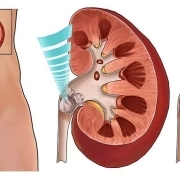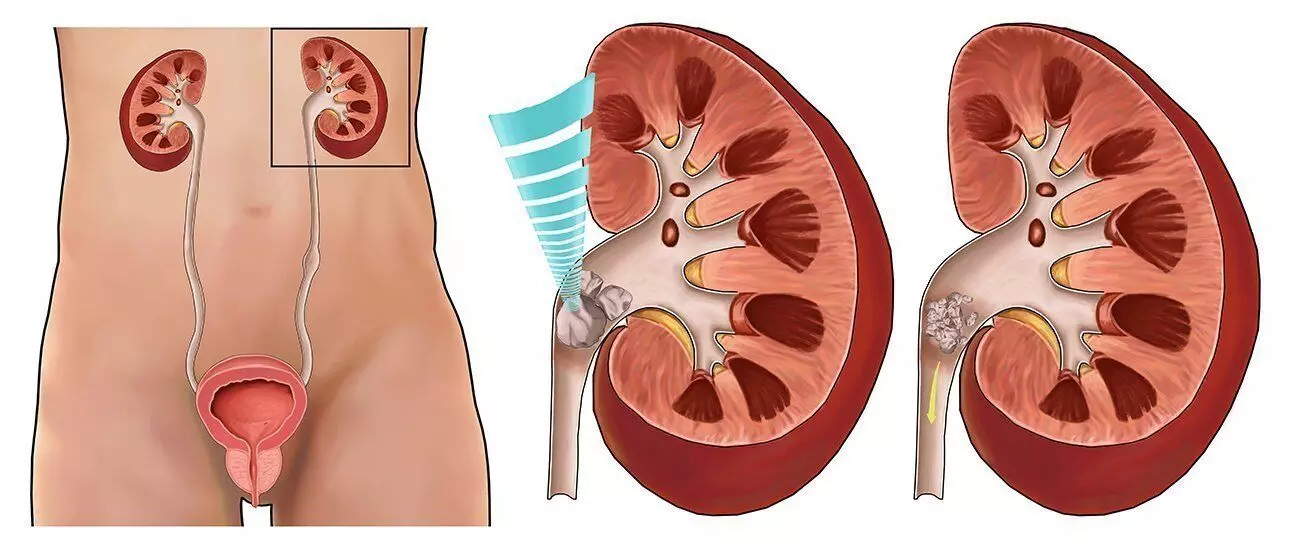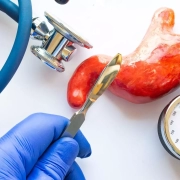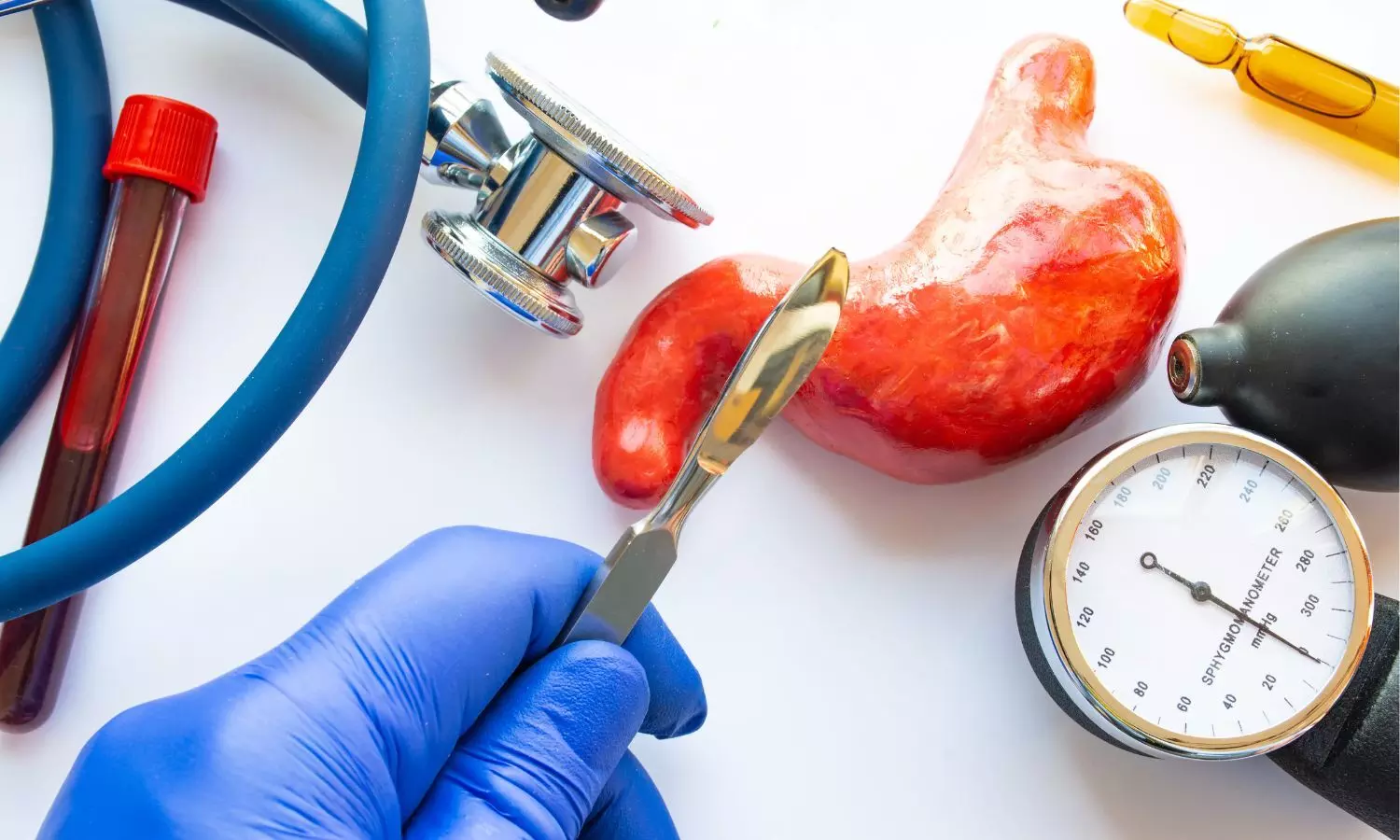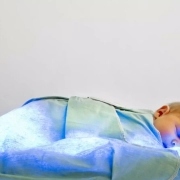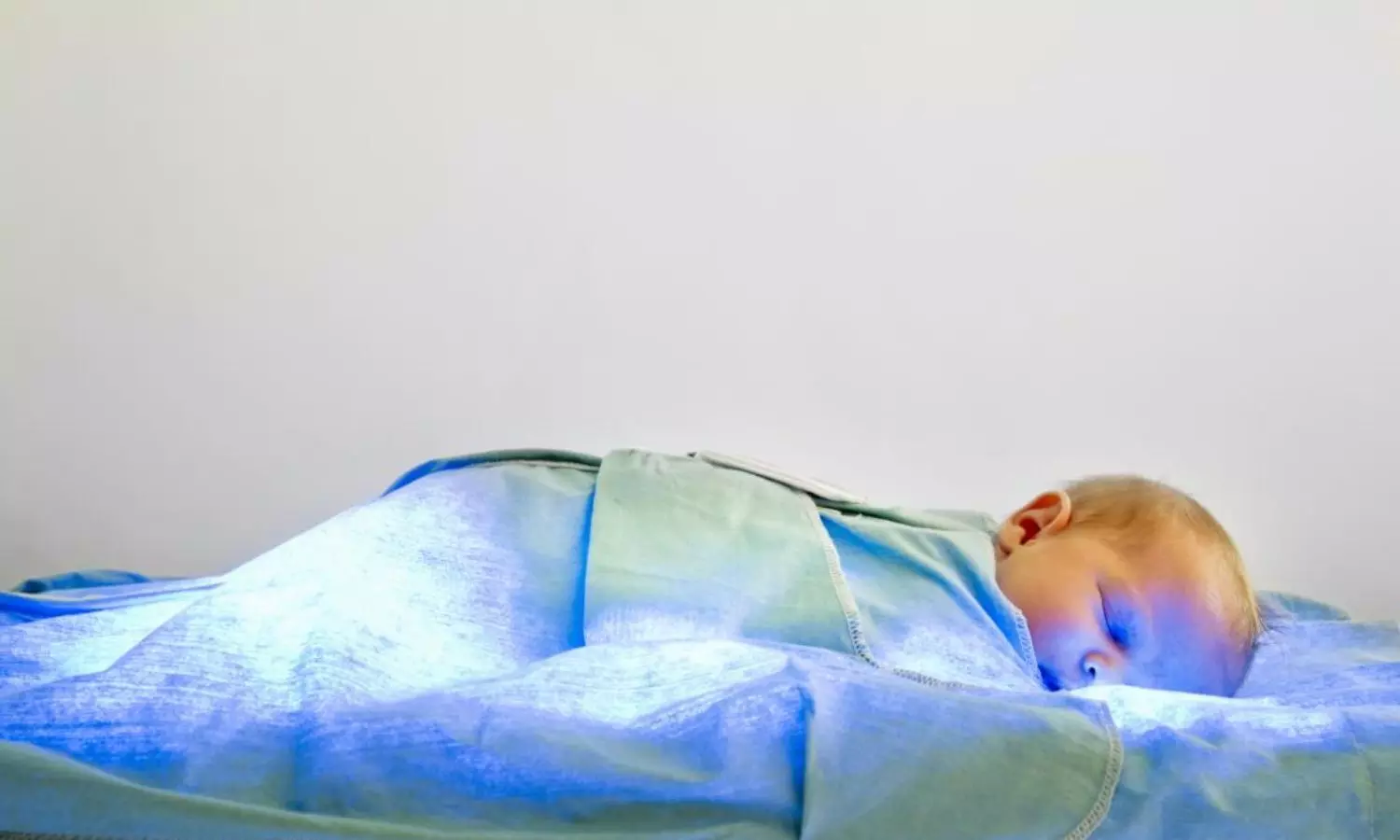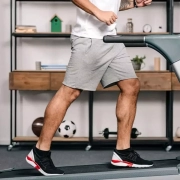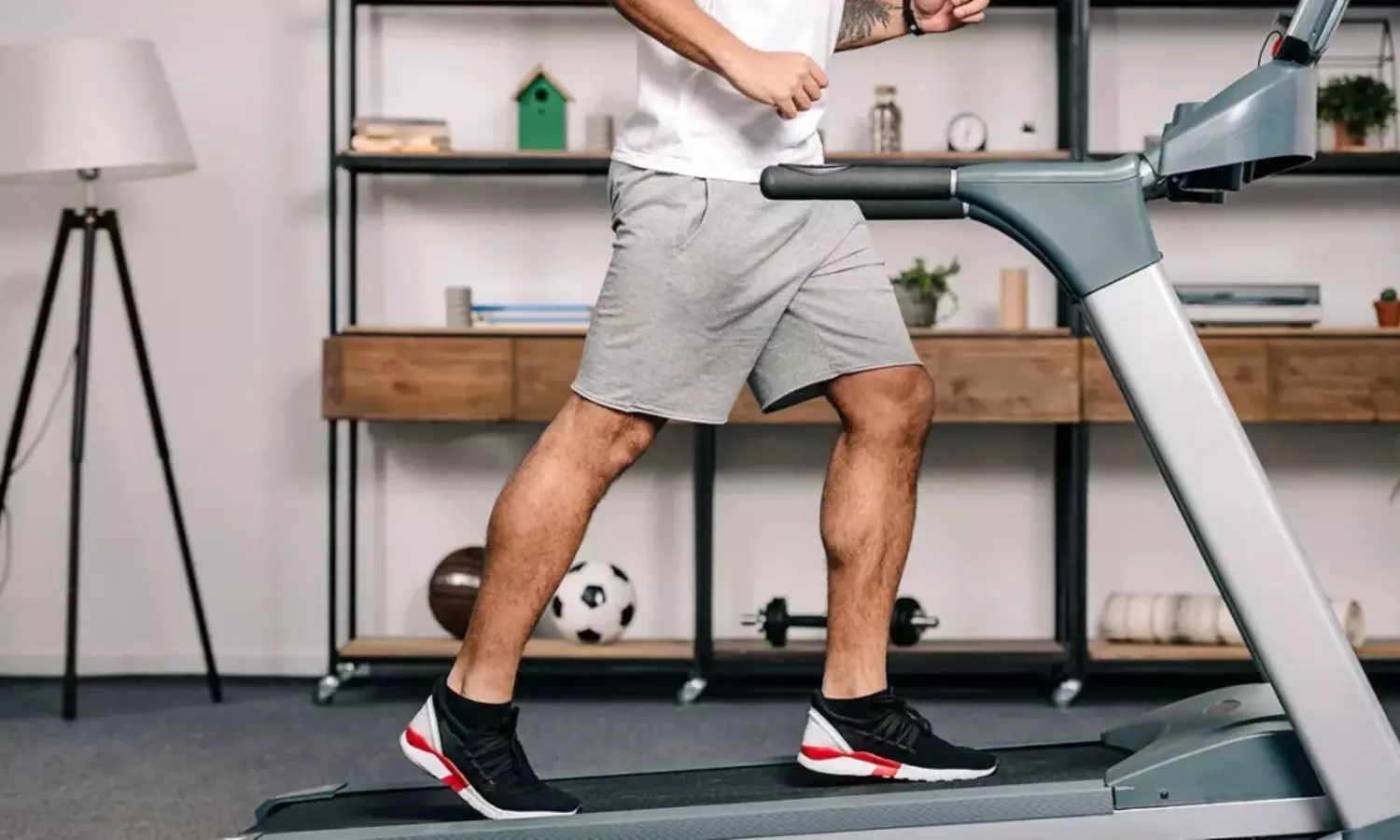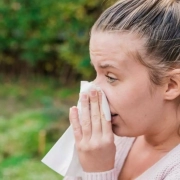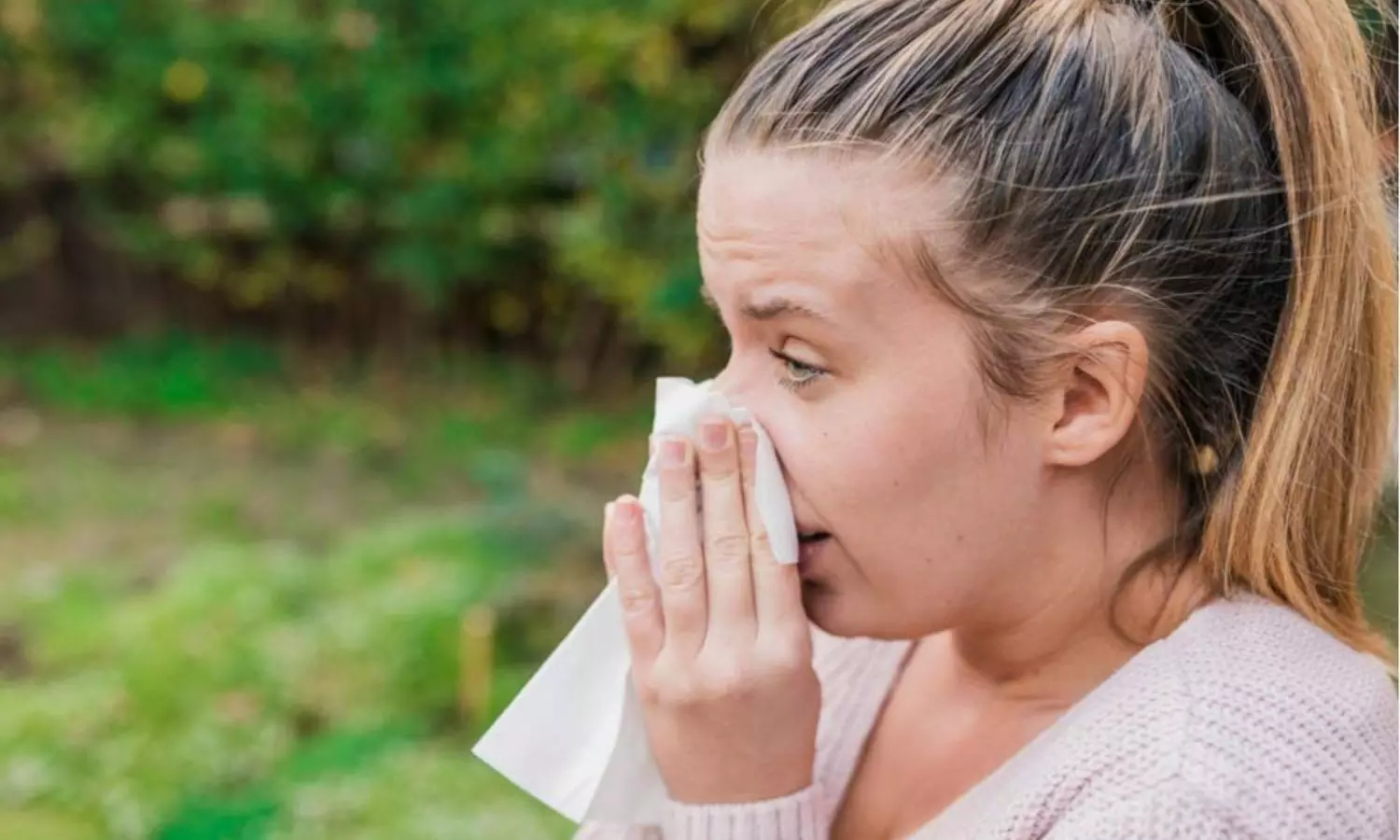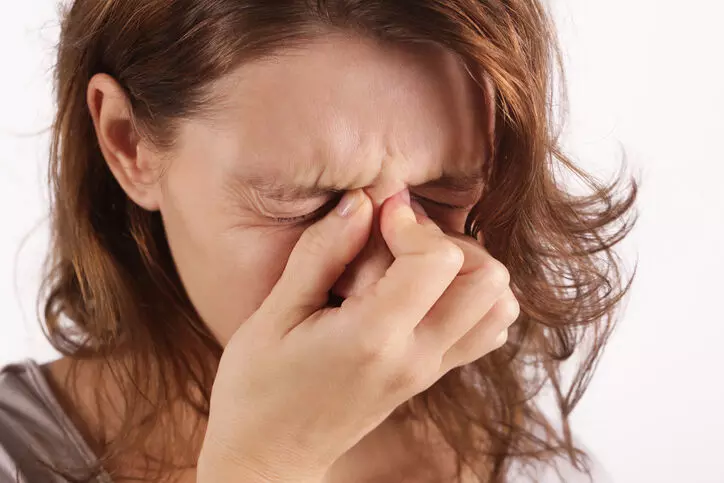SR Post Vacancies: Walk In Interview At GB Pant Hospital Delhi In Various Specialties, View Details Here
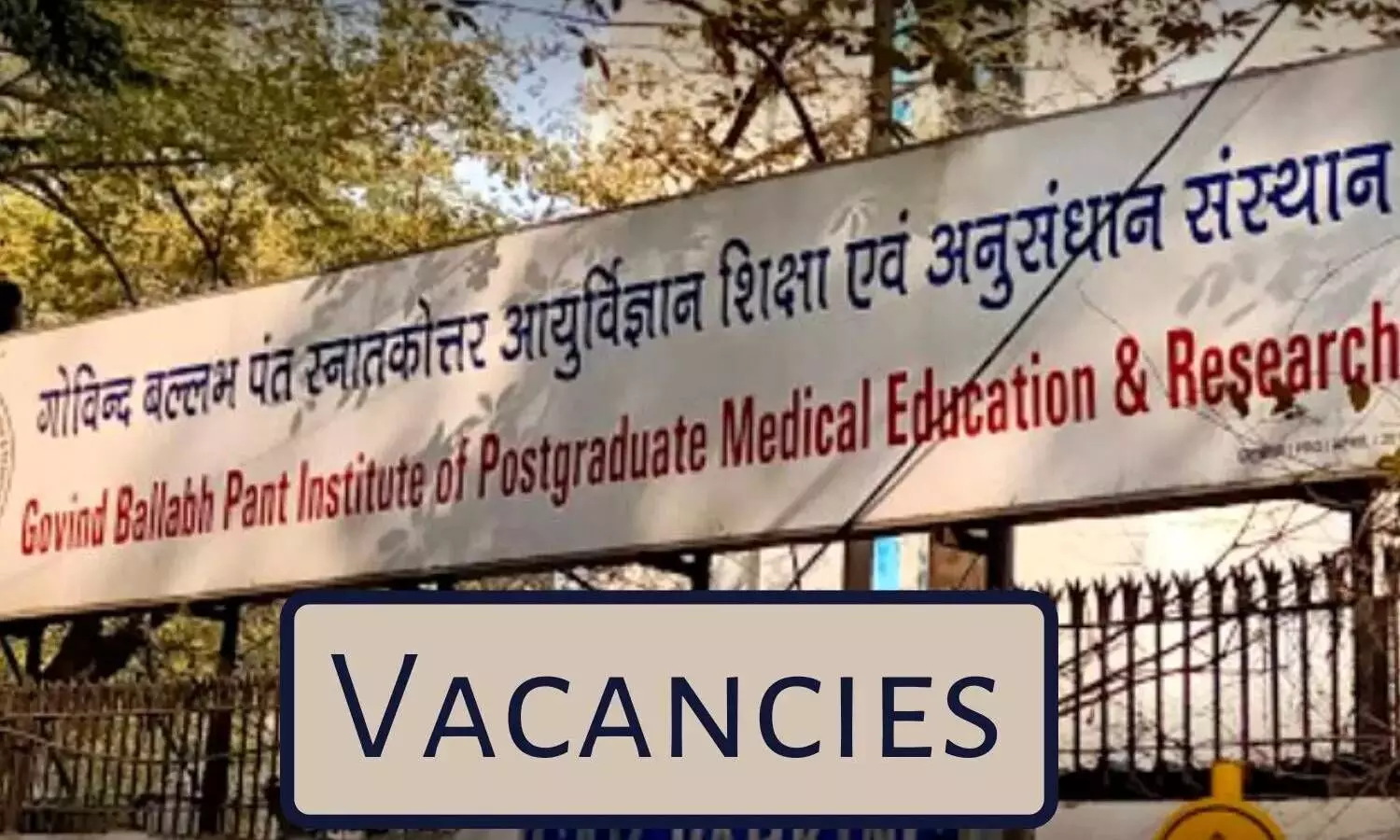
New Delhi: Govind Ballabh Pant Institute of Postgraduate Medical Education and Research (GIPMER) has notified vacancies for the Senior Resident post on an ad hoc basis in this medical institute.
The Institution has a unique recognition by the Medical Council of India and the University Grants Commission as an independent post-graduate College affiliated with Delhi University. the Foundation stone of Govind Ballabh Pant Hospital was laid in October 1961 and was commissioned by the then Prime Minister late Pt. Jawaharlal Nehru on 30th April 1964. From a very humble beginning with 229 beds, it has expanded to currently over 700 beds (714 beds). Today it is an internationally recognized tertiary care institution for Heart, Brain Gastrointestinal, and Psychiatric disorders. It offers super specialty treatment to about 3 lac patients in the OPD and almost 15,000 patients in General and Private wards yearly.
GIPMER Vacancy Details:
Total no of vacancies: 34
The vacancies are in the Departments of Neurology, Biochemistry, and Anaesthesiology.
The Walk-In-Interview date is 29th December 2023.
For more details about Qualifications, Age, Pay Allowance, and much more, click on the given link:
https://medicaljob.in/jobs.php?post_type=&job_tags=GB+Pant+Hospital&location=&job_sector=all
How to Apply For Eligible Candidates:-
1. Appointment will be subject to Medical fitness and verification of Certificate(s) of educational qualification/age/caste/DMC registration.
2. The vacancies are likely to vary and may be filled in phases.
3. Panel of wait listed candidates will be prepared separately.
4. No TA/DA will be paid for appearing in the aforesaid interview.
5. The appointment and services of selected SR’s will be governed under the Residency Scheme.
6. In case, interview cannot be completed on the scheduled date/duration the same shall be conducted on the following working day.
7. No correspondence or personal inquiries shall be entertained.
8. Bring all original documents along with their self-attested photocopies on the scheduled date of Interview & on the date of joining to the post.
9. The Candidates are advised to check the Institute website regularly for any/further updation in the matter.
10. FEES PAYABLE:- Rs. 300/-(Non-Refundable) in the form of a Cash/Demand Draft issued by a nationalized bank in favor of MEDICAL SUPERINTENDENT, G.B. PA VT HOSPITAL, PAYABLE At New Delhi, The eligible candidate can deposit the fee(in Cash) to the Cashier at Accounts Branch of this Institute, GIPMER.
JURISDICTION OF DISPUTE: In case of any Legal dispute, the jurisdiction of the Court will the Delhi/New Delhi only.
• Note: – The application form is available at the Institute’s website gbpant.delhigovt.nic.in.
Powered by WPeMatico

